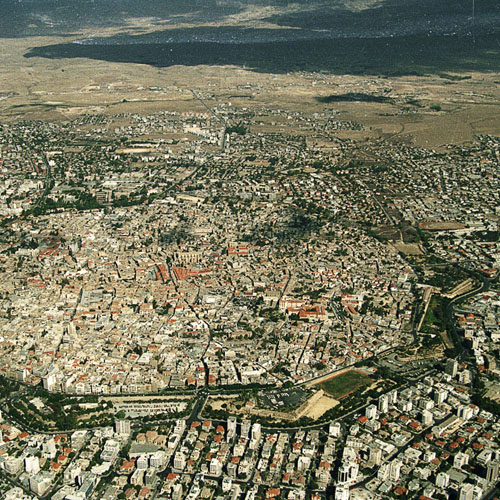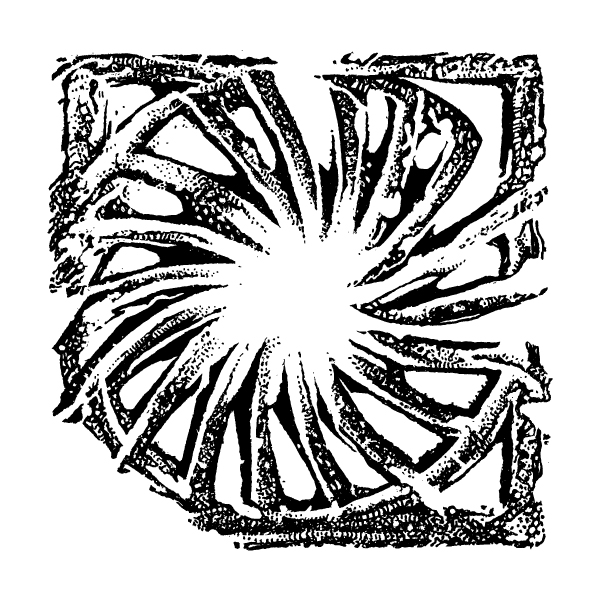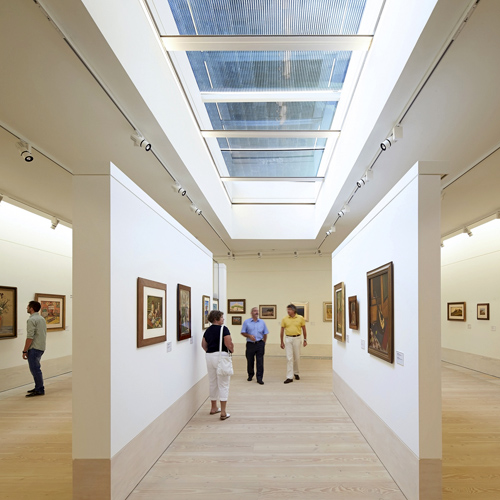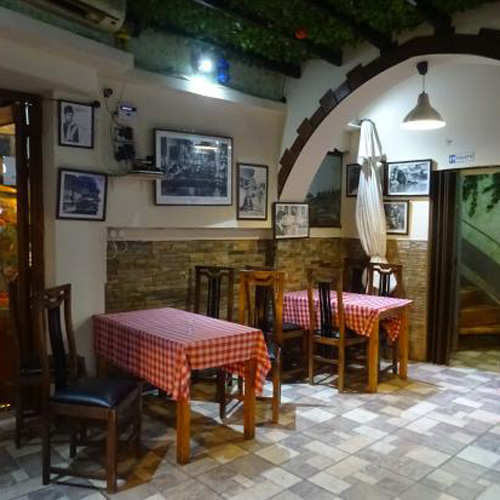Overview
Built in the sixteenth century during the Venetian occupation of Cyprus, Nicosia’s formidable mediaeval walls form a circle and are fortified by eleven heart-shaped bastions and an eighty-metre wide protective moat. The walls were built of mud brick, with only the lower part buttressed by stone. When the Ottomans occupied Nicosia, they repaired the walls and covered the upper part with stones.
The original walls were built in the fourteenth century by the Franks and enclosed a much larger area. When the Venetians occupied Cyprus, they demolished the Frankish walls because they no longer offered adequate defences against the new weapons of the time, such as artillery. The Frankish walls were also too big to be manned by the Venetian army and too close to the hills in the east and southeast of the city.
The Venetian walls of Nicosia have a circular shape, with a circumference of about 5 kilometres. The walls contain eleven pentagonal bastions with rounded orillons. The old city’s bastions are named after eleven families, pillars of the Italian aristocracy of the town, who donated funds towards the construction of the walls. The eleven bastions include the Caraffa, Podocattaro, Constanza, D’Avila, Tripoli, Roccas, Mula, Quirini, Barbaro, Loredano and Flatro Bastion.
The Caraffa, Podocattaro, Constanza, D’Avila and Tripoli Bastions lie within the southern half of the city, in the Republic of Cyprus. The Roccas, Mula, Quirini, Barbaro and Loredano Bastions lie in the Turkish-occupied north, while Flatro Bastion lies in the UN Buffer Zone.
Today, the old moat around the walls has many different uses, including as sports fields, public gardens, an open-air sculpture exhibition, a car park, and more. The walls surround the old part of Nicosia and is a hub of vibrant bars, restaurants and shops and is a great way to explore the walled capital by foot.






